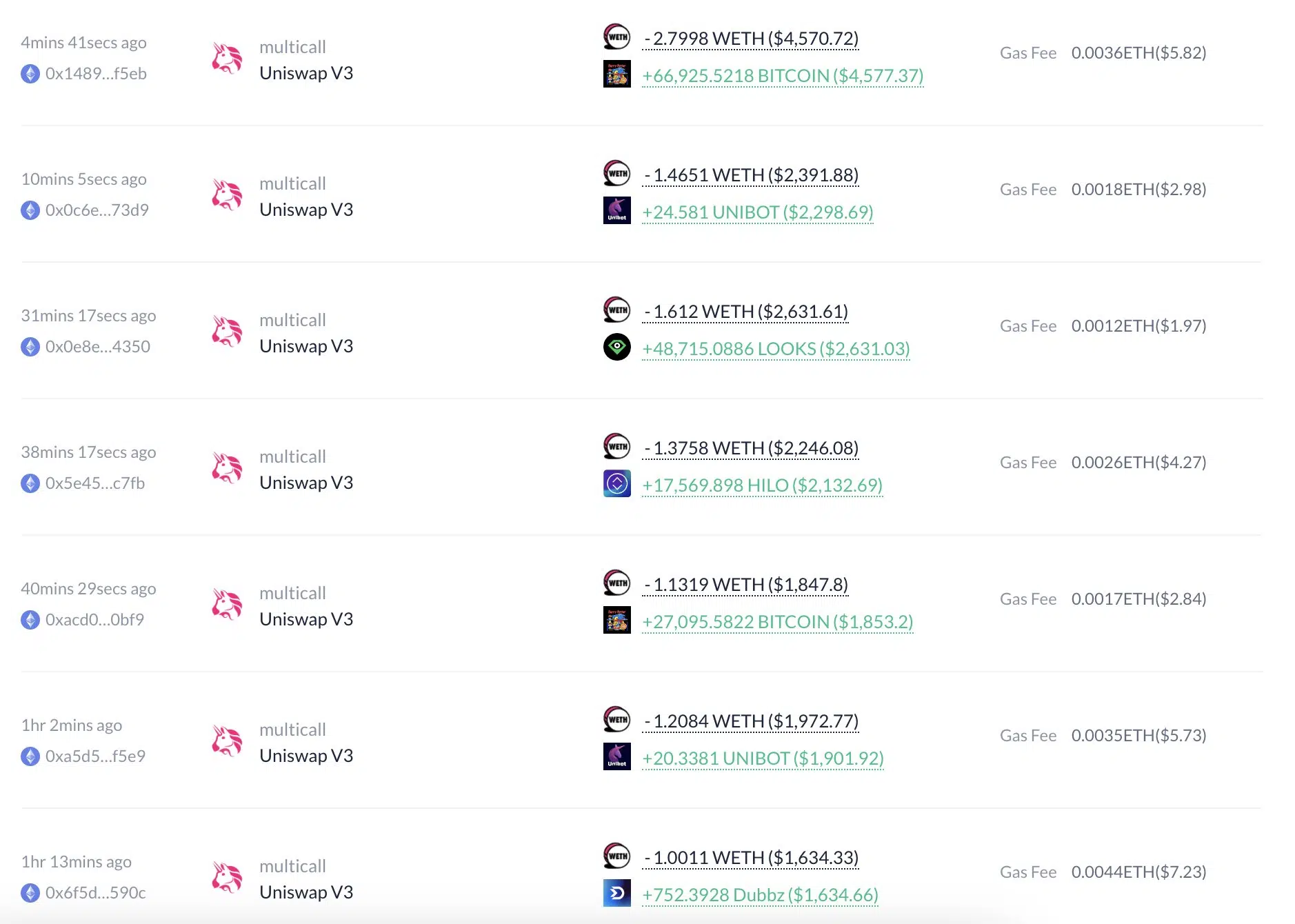Comprehending the Novelties: An Extensive Handbook to Immediate Foreign Exchange (Forex) Indicators
In the continually evolving world of forex trading, staying on top of the latest trends is paramount in ensuring a successful trading journey. The modernization of the forex market is characterized by a range of new tools designed to optimize trading, among which forex signals stand supreme. Forex signals, simply understood, are trade ideas indicating the market trends in real-time. They constitute an essential backbone to decision-making processes in forex trading by providing key data on specific currency pairs. Let’s dive into the core components of these signals, their types, and the latest trends shaping how they work in the ever-fluctuating forex market.
Forex Signals: Unveiling the Basics
For a robust initiation into forex signals, understanding their foundations and role in forex trading is essential. Forex signals are, in essence, suggestions for entering a trade at a specific time and price. These recommendations can come from either an automated algorithm that tracks and analyses market trends or a human analyst. These signals are made available to traders through forex signals services, which could be free or subscription-based.
Diversified Types of Forex Signals
Forex signals embody a spectrum of variations, each offering distinct advantages and applied for specific trading strategies. Traditionally, there are three types of forex signals, each serving different purpose and trading styles.
- Manual Vs. Automated Forex Signals: Manual signals involve human analysts who use statistical data to make an educated guess about forthcoming fluctuations. On the other hand, automated signals extract data from software programmed using predefined criteria.
- Paid Vs. Free Forex Signals: While free signals are readily accessible, their reliability can be questionable. Paid signals, usually provided by professionals, promise higher accuracy and reliability.
- Entry Vs. Exit Forex Signals: Entry signals inform when it’s time to enter the market for a particular currency pair while exit signals alert when it is time to sell or buy to prevent losses or make profits.
Decoding Forex Signals
A typical forex signal conveys an array of information that aids in strategic decision-making processes. Here’s a basic breakdown of what a forex signal might include:
| Signal Component | Description |
|---|---|
| Currency Pair | The pair of currencies to be traded |
| Action | Directs the trader to buy or sell |
| Take Profit (TP) | The point at which to close a trade to secure profits |
| Stop Loss (SL) | The point at which to close a trade to minimize losses |
Latest Trends Transforming Forex Signals
The forex market is witnessing concerted technological advancements and shifts in trading practices. The following are some of the latest trends shaping forex signals:
- Automated Trading: The rise of automated trading platforms has revolutionized the forex signals sphere. These systems use advanced algorithms to detect potential trading opportunities based on historical data and volatile market trends.
- Integration of AI and Machine Learning: The incorporation of AI and ML in trading algorithms has enhanced the accuracy of forex signals. These technologies ensure efficient data analysis to generate precise signals in real time.
- Mobile Trading: As mobile usage sees a global upsurge, forex trading is becoming more accessible. There is an array of apps available now, and many of them come with notification systems for the latest forex signals.
- Social Trading: The trend of mirroring strategies of experienced traders, also known as copy trading, is gaining popularity. Platforms endorsing social trading enable novice traders to copy the strategies of experienced ones, including forex signals.
Entering the Forex Market: Utilizing Forex Signals
In a volatile and complex area like FOREX trading, signals act as a guiding light, especially for new traders. They offer real-time updates, alerts and actionable intel about prospective trading opportunities. Signals are a testament to the effectiveness of technology and analytics, which let traders know when to buy, sell or hold A trader’s success thus depends significantly on understanding and leveraging these signals, as well as being aware of the latest trends affecting them.
The Final Takeaway
The forex market, with its volatility and potential profit, can be overwhelming, but with the apt utilization of forex signals, traders can navigate this global marketplace more strategically. This comprehensive exploration of forex signals is a testament to the fact that they are much more than simple trading cues; they are transformative tools reshaping the forex trading landscape. By staying updated on the latest trends and judiciously employing these signals, traders can anchor themselves in the formidable waves of the forex market.
Incarnation of Forex Signals: The Future
With technology’s relentless advancement and the forex market’s unpredictable nature, the future of forex signals is bound to be more innovative and efficient. The integration of AI and machine learning, the rise of automated trading, the surge in mobile trading, and the popularity of social trading are heralding a new era. Thus, for sustained and profitable trading, adapting to these trends and making informed choices is essential.
Understanding the Latest Trends: A Comprehensive Guide to Current Forex Signals
I. Forex Signals
- Forex signals are suggestions for entering foreign exchange transactions on a currency pair, at a specific time and price.
- These signals are provided by skilled traders or specialized companies for a fee or free of charge.
- Experience of the provider, reputation in the market, pricing, and the type of signal (manual or automated) are factors to consider when selecting a signal provider.
II. Types of Forex Signals
- Manual vs. Automated signals: Manual signals are generated by human analysts while automated ones come from forex robots.
- Paid vs. Free signals: Some signals are available for free but most accurate ones usually come with a fee.
- Entry vs. Exit signals: Entry signals tell a trader when to enter a trade, while exit signals tell when to exit or close a trade.
III. Features of Forex Signals
- Forex signals typically provide information regarding:
- The currency pair to trade.
- The entry and exit points.
- The stop-loss level and take-profit point.
- They remove the psychological stress of decision making and reduce risks for beginners.
IV. Understanding Forex Signals
- Traders need to understand the importance of forex signals in making successful trades.
- They should select a reliable and professional signal provider.
- Understanding the underlying trading strategy of the signals is also important.
V. Trending Forex Signals in 2022
- More traders are now using automated forex signals due to their convenience and capability to analyze large datasets.
- Machine learning and AI are becoming prevalent in generation of forex signals.
- There is a rising trend of integrating forex signals with mobile apps for real-time alerts.


